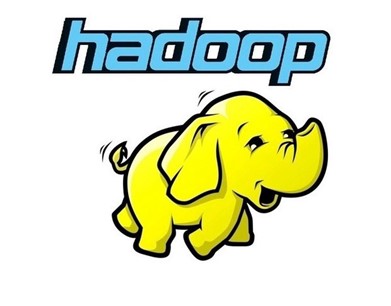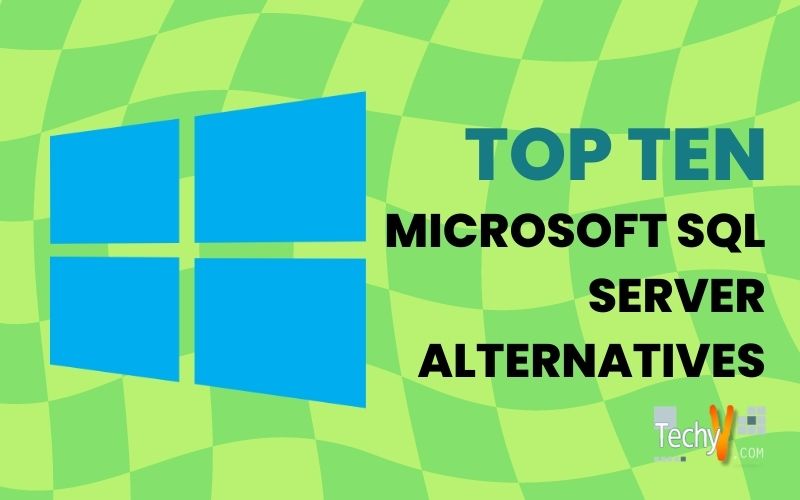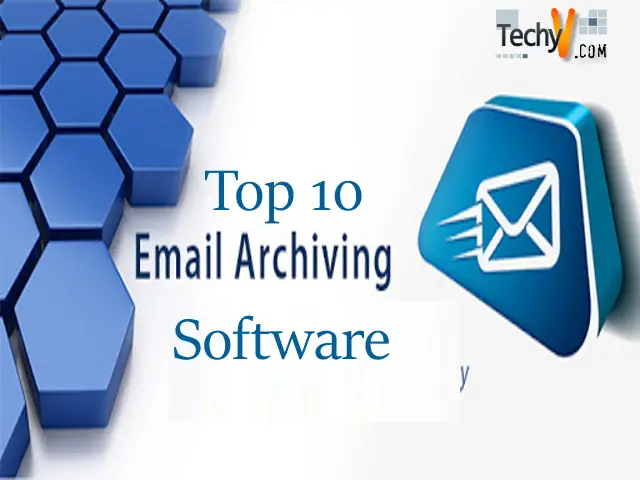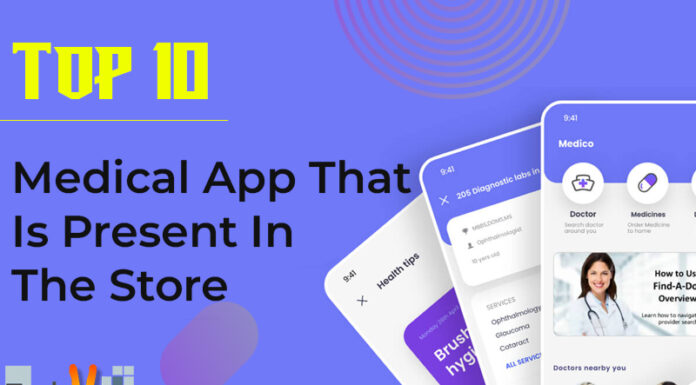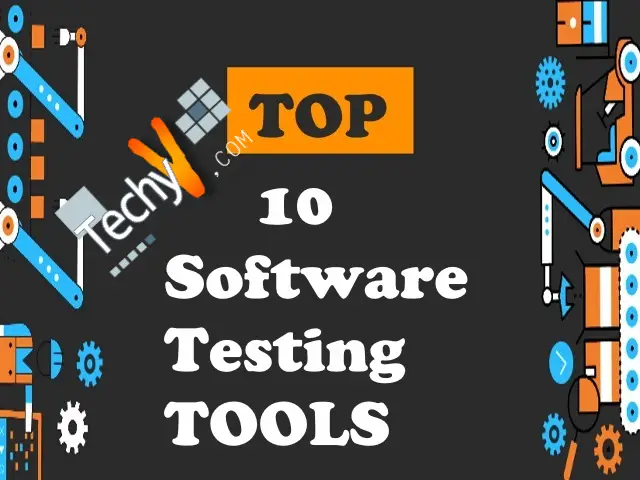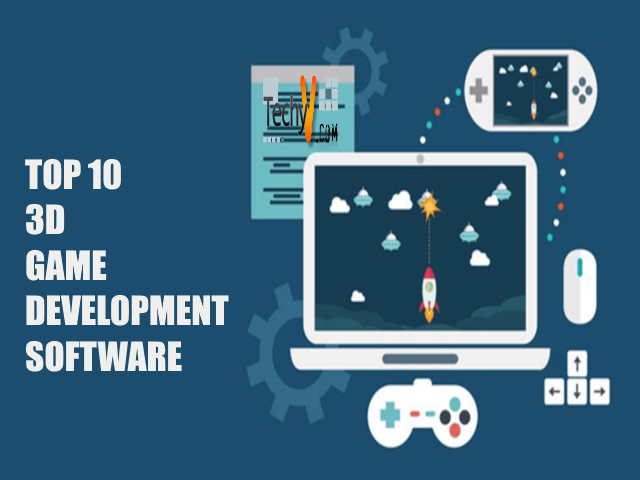Microsoft SQL Server is frequently used to handle data migration, backup, and recovery, as well as controls and rights, but there might be better choices for you. For example, the top 10 SQL Server alternatives are listed in this blog post for consideration as you look for the most excellent fit. There are numerous options available that might be a suitable fit for your needs, regardless of the reason for the switch—the price, convenience of use, user rating, or value for money. When looking into Microsoft SQL Server alternatives, there are other crucial things to consider, most notably database management and reporting tools. First, discuss them and outline some of the leading MS SQL substitutes.
1. MySQL
Relational database management system (RDBMS) that helps companies develop cloud-native applications and store, update, and manage data. Data de-identification and masking, multi-document transaction support, intrusion detection, alarms, and configuration management are among the features. The software includes tools for automating administrative operations, including data provisioning, backup, patching, and tuning. Encryption, key generation, and digital signatures are three security measures engineers can use to protect sensitive data. Database administrators’ data is safeguarded by MySQL Enterprise Firewall’s real-time threat monitoring, safelists, and SQL statement blocking functions. The Query Analyzer allows engineers to view query activity, analyze many executions over a predetermined period, and evaluate problematic requests using full database scans and poor index searches.
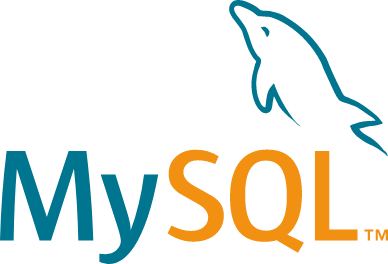
2. Oracle Database
The data warehouse software Oracle Database employs machine learning to assist companies of all sizes in managing their data and automating repetitive activities. The platform enables managers to build business models, manipulate data, and find hidden anomalies in datasets. Administrators can conceal sensitive data and evaluate user security to ensure that rules for the General Data Protection Regulation (GDPR) are followed. Managers can also use Oracle Database to discover geographic data insights to find business possibilities across various industries. Teams may apply statistical analysis and pattern recognition tools on massive datasets with Oracle Database, and data backups can be managed through a single interface.
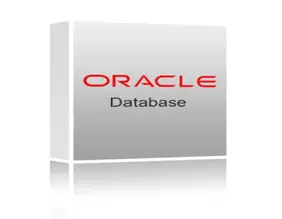
3. PostgreSQL
A relational database management system (RDBMS) called PostgreSQL is free and open-source. It helps enterprises store, manage, and scale data workloads from single workstations to data warehouses with many concurrent users. The features include full-text search, event triggers, multi-factor authentication, indexing, materialized views, and stored procedures. The ACID-compliant system allows developers to define data types like numeric, date/time, array, or geometric, create custom functions, and guarantee data integrity via exclusion constraints, straight locks, and primary or foreign keys. In addition, database managers can utilize SQL to carry out several data operations, including INSERT, UPDATE, DELETE, and others. In a system crash, developers can record file changes and restore databases thanks to PostgreSQL’s write-ahead log (WAL). Role-based objects can receive permissions from administrators at the column and table levels. Table query performance can also be increased by speeding up partition pruning, automatically invalidating execution plans that have been cached, writing background checkpoints, and configuring backup procedures to use less bandwidth.
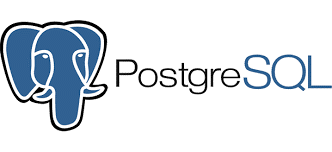
4. MongoDB
For businesses in several sectors, including media, healthcare, retail, hospitality, telecommunications, finance, energy, and public services, MongoDB is a database management system. It enables the creation of apps by developers, who can then examine, manipulate, and analyze data using built-in capabilities. By defining role-based access rights, specific firewalls, authorization methods, and transport layer security (TLS) encryption in MongoDB, administrators may give users a safe experience. In addition, the data explorer allows staff members to interact with data, conduct queries, track index usage, and access collection metadata. By defining usage area, instance size, and memory needs, MongoDB Atlas enables developers to establish deployment clusters across numerous cloud providers, such as AWS, Google Cloud Platform, and Microsoft Azure.
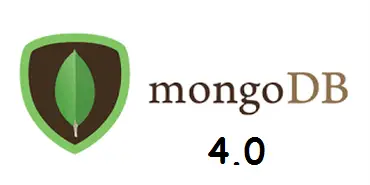
5. MariaDB
Everybody should use MariaDB because it can support any workload in any cloud or scale. In addition, it can support transactional, analytical, and hybrid, as well as relational, JSON, and hybrid data structures. MariaDB can handle interactive, ad hoc analytics on billions of rows. In addition, MariaDB is available for use with MariaDB SkySQL DBaaS, all of the leading public clouds, and commodity hardware.
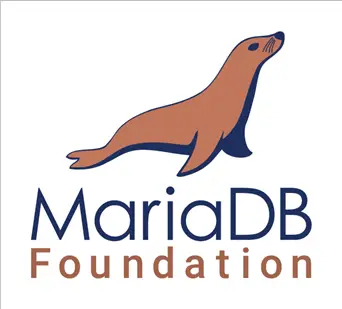
6. IBM DB2
Incorporating data virtualization, containerization, automated administration, and development lifecycle management, IBM Db2 is a cloud-based data management solution. Faster insights, elastic scaling, and modernized data management are all advantages for businesses using IBM Db2. In addition, the platform offers a flexible environment that accommodates many languages and data kinds.
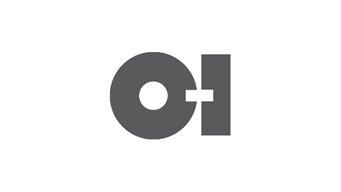
7. Microsoft Access
Microsoft Access, you may build useful database apps for any business requirement. Through the integration of Visual Basic for Applications, Access may develop specific business applications, automate crucial business processes, and gather data for forms and reports (VBA). Users can easily integrate third-party business apps into Access’s connector library to create aggregated graphics and insights for any report or app.
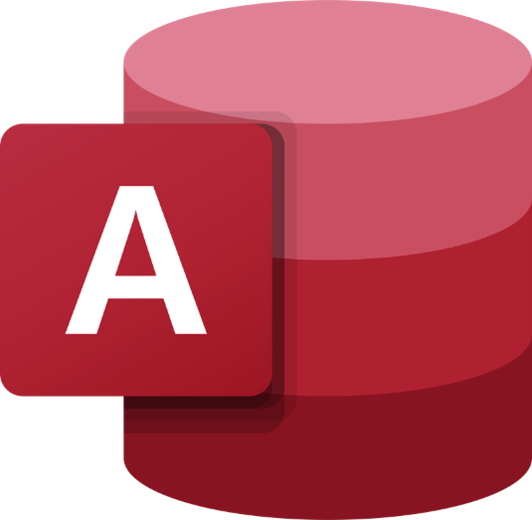
8. Firebase
Built on Google’s cloud platform, Firebase enables companies to develop online and mobile applications with cloud storage, analytics, and messaging features. The features include authentication, crash reporting, offline Access, alarms, remote configuration, and prediction. While creating apps, developers can store, sync, and execute queries using the NoSQL document database Cloud Firestore. It offers consumers automated update notifications and synchronizes app data across devices. Developers can also design trigger functions to recognize conversion events, new user sign-ups, and data modifications. In addition, project owners can utilize Cloud Messaging to develop tailored messages based on the characteristics and behavior of the recipient, schedule the message’s publication, and put a frequency cap on the number of views. Along with Google’s systems like Google Ads, Play Store, and BigQuery, Firebase connects with a wide range of third-party programs like Slack, PagerDuty, and Jira. In addition, the tool helps managers run custom tests throughout the app development lifecycle and diagnose and evaluate app performance via a Firebase console.
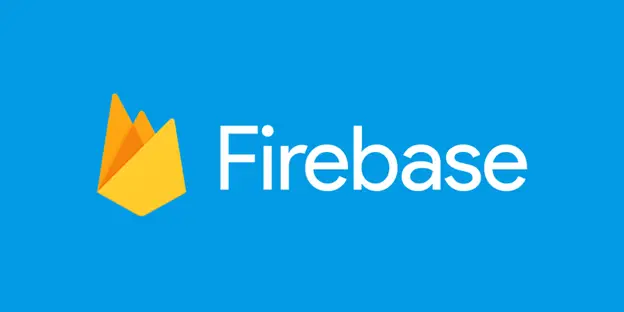
9. Amazon Aurora
A relational database for the cloud called Amazon Aurora is MySQL and PostgreSQL compatible. It combines the simplicity and cost-effectiveness of open-source databases with the performance and availability of conventional business. Amazon Aurora is five times faster on average than traditional MySQL and PostgreSQL databases. At a fraction of the cost, it provides commercial databases’ security, accessibility, and dependability.

10. Hadoop
Instead of requiring a single giant computer to store and analyze the data, Hadoop clusters several machines to enable the parallel processing of large datasets. Hadoop simplifies distributed operations on enormous data volumes and fully leverages cluster machines’ storage and processing power. In addition, Hadoop serves as the basis for creating several services and applications.
